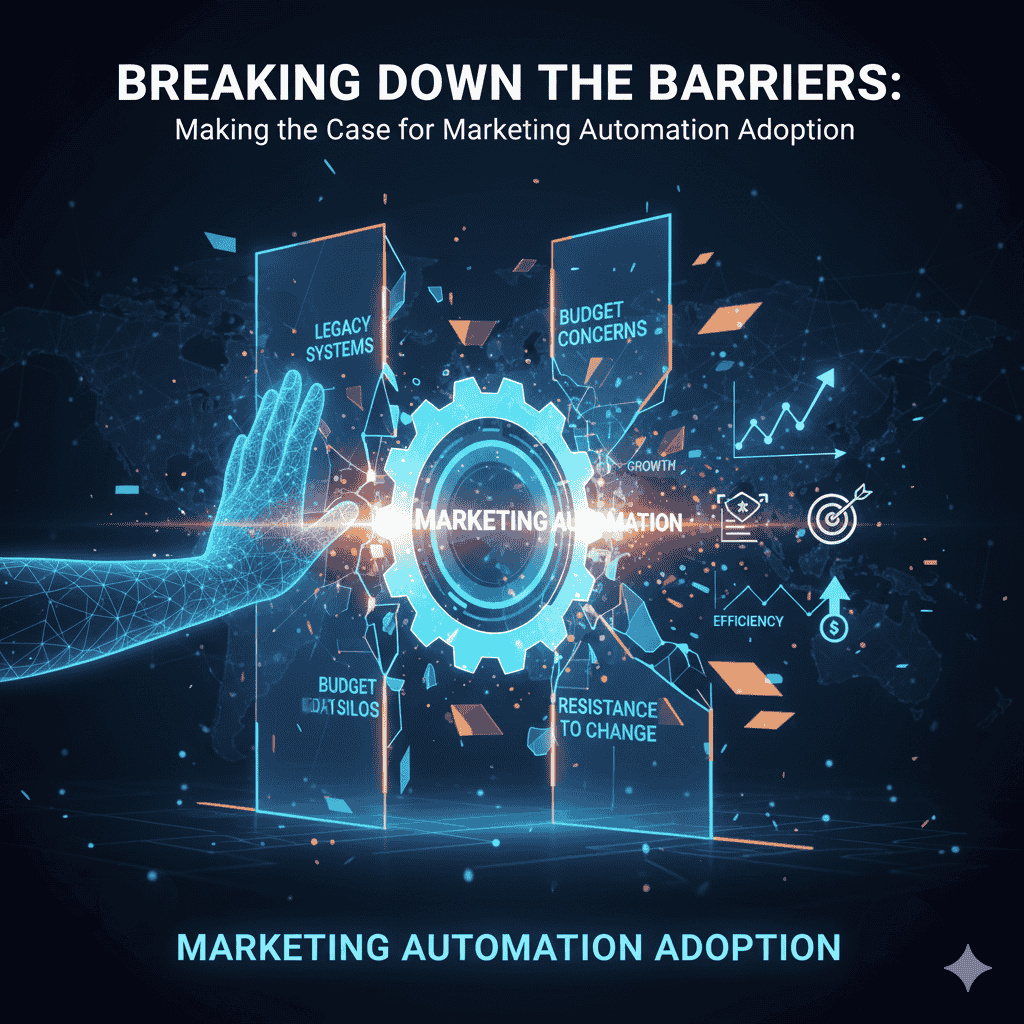In today’s rapidly evolving digital landscape, marketing technology (martech) is an essential component for businesses striving to remain competitive and relevant. However, while organizations carefully formulate strategies to adopt martech tools, many face significant hurdles during the execution phase. Understanding these challenges and how to overcome them can greatly enhance the effectiveness of martech adoption.
Understanding Martech
Martech encompasses a wide range of tools and platforms designed to streamline marketing processes, enhance customer engagement, and analyze data for better decision-making. From customer relationship management (CRM) systems to email automation and analytics platforms, the right martech stack can significantly improve operational efficiency and marketing ROI.
Common Hurdles in Martech Adoption
1. Lack of Clear Strategy
A successful martech adoption begins with a well-defined strategy. Many organizations dive into tool selection without fully understanding their goals. A lack of clear objectives can lead to mismatched tools that don’t address core needs, leading to wasted resources and ineffective marketing efforts.
2. Integration Challenges
With an increasingly diversified tech landscape, integrating disparate martech tools poses significant challenges. Many organizations battle data silos, where information is trapped within specific platforms and can’t be shared across channels. This diminishes the potential for a unified customer experience and can hinder decision-making.
3. User Resistance
One of the most common hurdles to martech adoption is resistance from employees. Change can be daunting, and many team members may be apprehensive about learning new technologies or altering established workflows. This resistance can lead to underutilization of martech tools, negating their potential benefits.
4. Skill Gaps
The marketing technology landscape is complex, and many organizations find themselves lacking the necessary expertise to implement and optimize their martech tools effectively. Without skilled personnel, organizations may struggle to maximize the capabilities of their chosen platforms.
5. Budget Constraints
Martech can require significant investment, and budget constraints often hinder adoption efforts. Organizations may be unable to justify the costs associated with implementing comprehensive solutions, particularly if the ROI is unclear or difficult to measure.
Strategies for Successful Martech Adoption
To navigate these hurdles effectively, organizations can employ several strategies:
1. Define Clear Objectives
Before selecting tools, businesses must articulate specific goals for their martech initiatives. Whether aiming to improve customer engagement, boost conversion rates, or enhance data analysis, clarity on objectives will guide tool selection and implementation.
2. Prioritize Integration
When evaluating martech solutions, organizations should prioritize those that offer seamless integration with existing systems. A unified tech stack ensures data flows smoothly across platforms, providing a more cohesive view of customer interactions and optimizing marketing strategies.
3. Invest in Change Management
Facilitating a smooth transition to martech tools requires robust change management practices. This includes promoting the benefits of new technologies, providing thorough training, and creating open lines of communication. Engaging employees throughout the process can help mitigate resistance and foster a culture of innovation.
4. Focus on Continuous Learning
To bridge skill gaps, organizations should prioritize ongoing training and professional development. Encouraging team members to stay abreast of industry trends and best practices can empower them to utilize martech solutions effectively, leading to enhanced performance.
5. Measure and Optimize
After implementation, it’s crucial to continuously measure the impact of martech tools against the defined objectives. Regular analysis of performance metrics can provide insights into what’s working and what needs adjustment. This iterative approach ensures that martech investments yield significant returns over time.
Conclusion
The journey from strategy to execution in martech adoption can be fraught with challenges, but by understanding potential hurdles and implementing effective strategies, organizations can harness the true power of marketing technology. Emphasizing clear objectives, integration, change management, continuous learning, and measurement can pave the way for successful martech initiatives, ultimately driving enhanced customer experiences and business growth.








